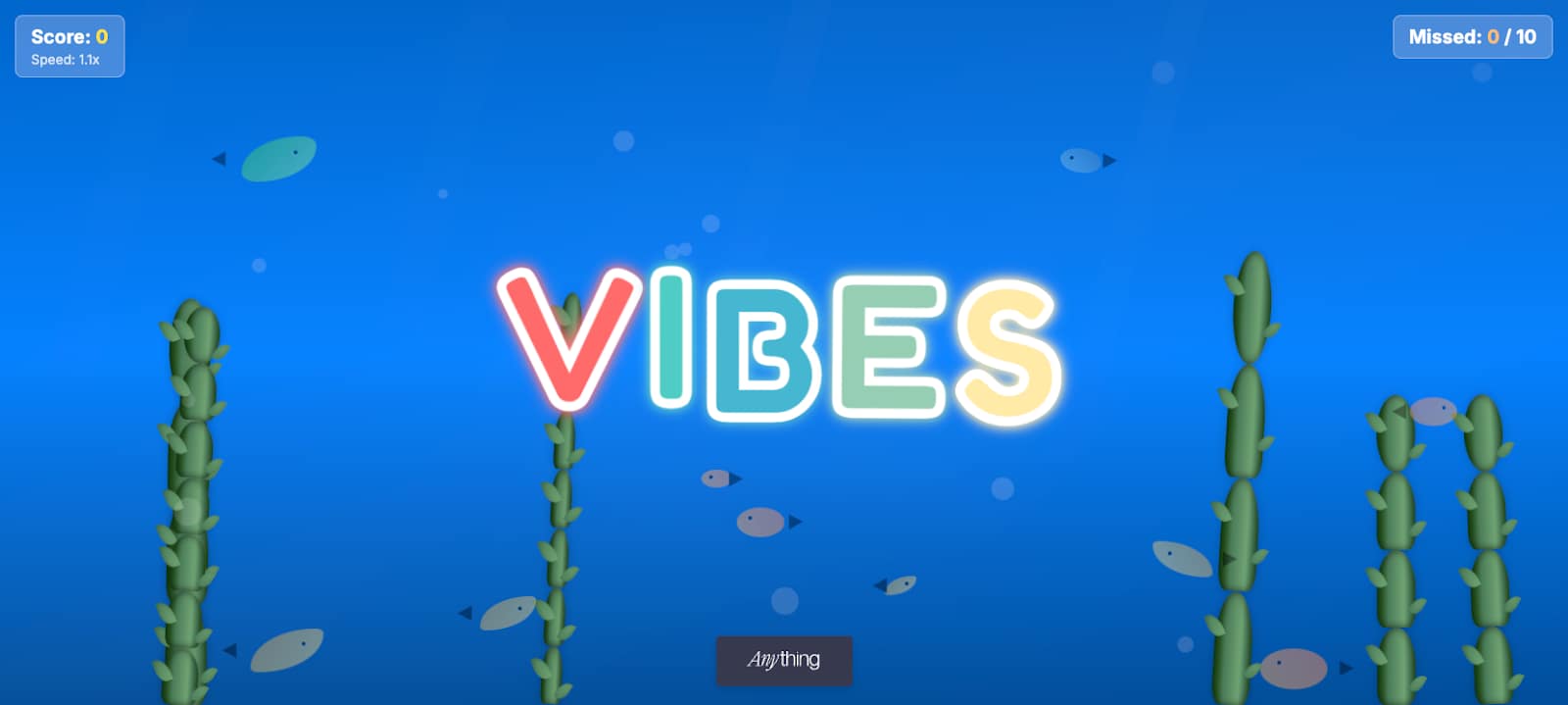
This article first appeared in Campaign written by, Harry Wright, Strategy Director from our London studio.
This season’s FA Cup final was poised to engage all types of football fans. For those wanting to see international superstars on the biggest stage, there was Manchester City: a serial-winning machine bankrolled by heavy foreign investment, competing in their third final in as many years and backed by over 50 million fans worldwide. Standing in their way? Crystal Palace. A club that had yet to win any major silverware in its 120-year history, and one that had faced liquidation 15 years prior. It was a final that represented both the potential international draw that football can have, as well as the traditional ‘magic’ of the FA Cup.
However, appealing to football’s fan factions, both old and new, is not always this easy. Like any sport, there is a desire to bring in new fans, but while the ‘Americanisation’ of games through NFL-style halftime shows and DJ sets has landed in other sports such as Rugby and Cricket, there is more of a pushback with football. Local, die-hard football fans view this ‘Americanisation’ as a corruption of the game that has been the lifeblood of their communities for generations. The last thing supporters want, after investing a lifetime’s worth of time and money into following their club, is for their big day to be hijacked by a Taylor Swift gig, for example.
The protective attitudes of football fans towards their game make bringing anything new to the table very risky, however, it’s never a good idea to stand still. While no one wants to alienate the millions of lifelong football fans, tradition should not hold back evolution and expansion.
The solution to this problem is not to view it as binary: an Americanisation overhaul for new fans versus keeping everything the same forever for existing ones. There is a balance to be found, and understanding the complicated spectrum of fandom can help keep everyone happy.
Thankfully, the clever folk at The Future Laboratory simplified the fandom spectrum into a tiered system in their recent Game-Changers report, which summarises the unmet needs of each type of fan. Breaking new and existing fans into more refined audiences allows you to strategise ways to fulfil their unmet needs with unique value propositions. By making all kinds of fans feel seen, heard, and valued, you can stand out in the saturated sporting landscape and, ultimately, keep them coming back for more.
Super fans
Who are they?
Deeply knowledgeable and highly engaged, Super-Fans see themselves as stakeholders in the sport. They’re so passionate that they create their own content around their participation and may even have their own following based on that.
What do they want?
Hands-on moments of deeper engagement that make them feel as if they are influencing or co-creating the sporting experience, with opportunities to capture exclusive content for their online communities.
Loyal fans
Who are they?
Loyal Fans invest significant time and money in their team and seek recognition for their dedication to the players, teams, and sport they support.
What do they want?
Hyper-personalised experiences that give them an opportunity to showcase their loyalty. while rewarding them with moments that bring them closer to the players, team, and sport than ever before.
Hype fans
Who are they?
New fans who are usually converted by TV shows or gaming. They’re eager to engage but hesitant to make larger financial commitments. They’re likely to buy tickets and merchandise and use their participation to boost their social currency online.
What do they want?
Experiences that blend sporting fandom with their wider passions and interests, such as fashion, film, fitness, and travel, while also building opportunities for hyper-relevant UGC creation.
Quiet fans
Who are they?
Passively consume sports by following prolific athletes on social media or through fashion collabs. This audience is exciting because it’s a relatively untapped market that’s ready and willing to be converted by the sports that can fulfil their unmet needs.
What do they want?
Experiences that bring them closer to the talent they follow, while leveraging wider cultural pillars to deepen their knowledge about the sport through active or passive engagement. Give them the space and the ownership to learn in a way that suits them.
Non-fans
One audience segment that The Future Laboratory missed out, though, was Non-Fans. Which is ironic, really, because these are the people that every sport wants to target. So, how do you get people with no interest in your sport to engage? It’s actually a lot simpler than it sounds.
Who are they?
They have no current interest in your sport and are unaware that major events, such as the FA Cup final, are even happening.
What do they want?
To put it simply, they just want a great day or night out, looking for any excuse to do… something. So, this is a great opportunity to create localised-adjacent experiences, like watch parties or brand-owned tailgates, where they can meet their friends, have a few beers, and detach from the grim realities of current affairs. If you can do that, there’s a strong chance they’ll associate the great day out with your sport, potentially sparking an interest and pushing them ever closer to becoming a Quiet Fan.
The future of football fandom
While this may be an oversimplified interpretation of fandoms, it demonstrates that fans’ needs can be as diverse as their levels of participation. Taking a binary view towards new and existing fans simply won’t work, given the escalating competition for consumers’ time and wallets.
Once understood, you can then work on striking a balance and embracing new ideas. Taking inspiration from across the pond to create fresh and engaging experiences attached to, but crucially, not taking over, events such as the FA Cup final. The aim is for new experiences to run adjacent to fixtures, rather than running through them. Keep the game itself pure, but make it accessible for all. If you can do that, you just might convert those Non-Fans into Quiet Fans, Quiet Fans into Loyal Fans and Loyal Fans into Superfans.



